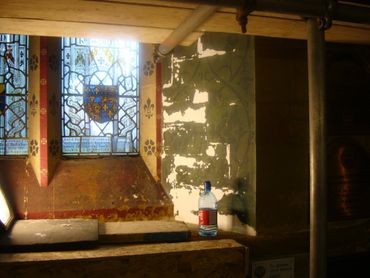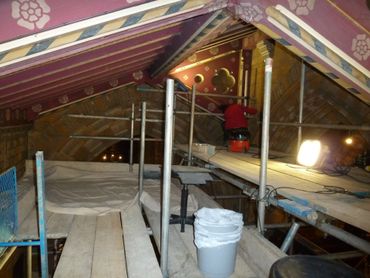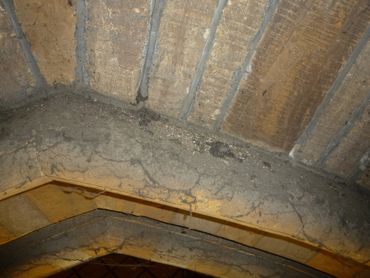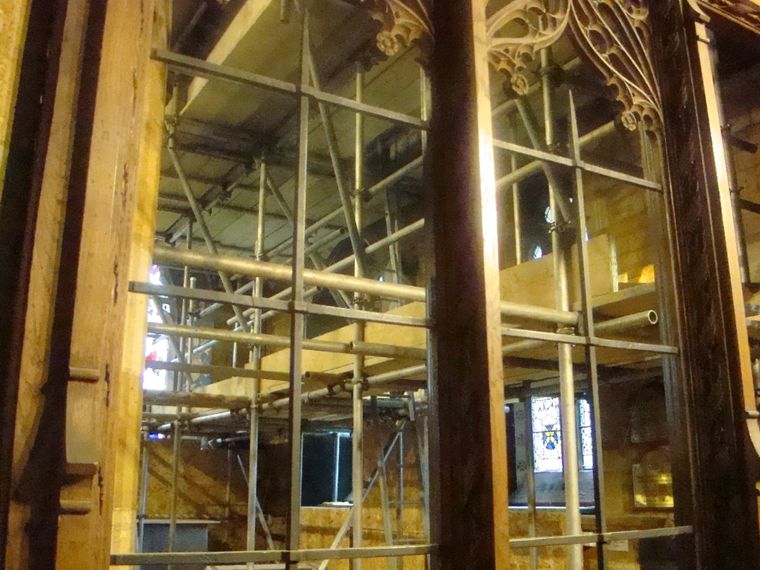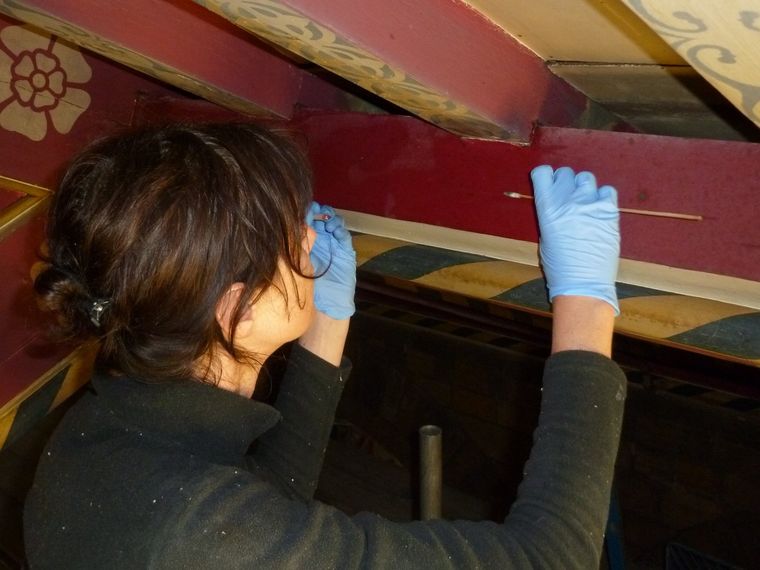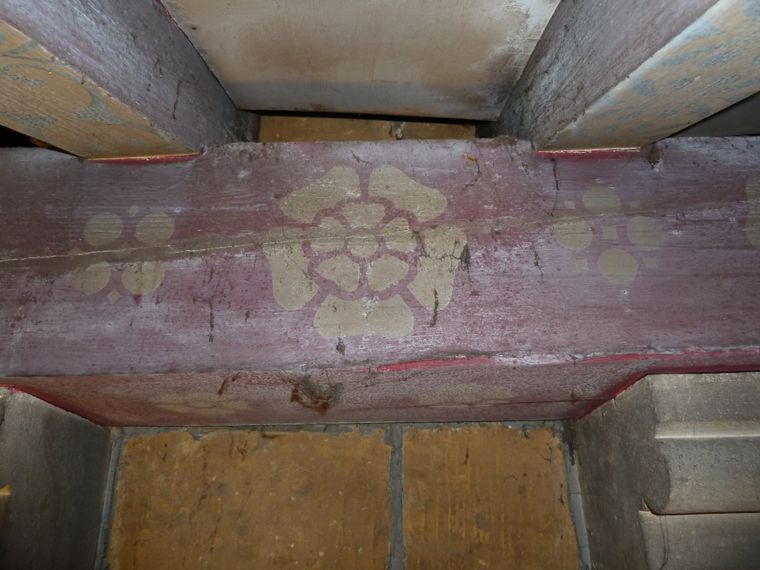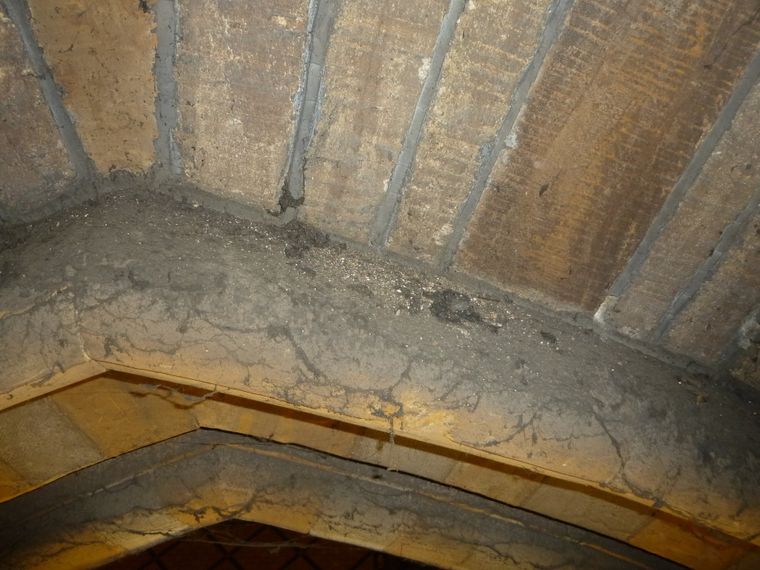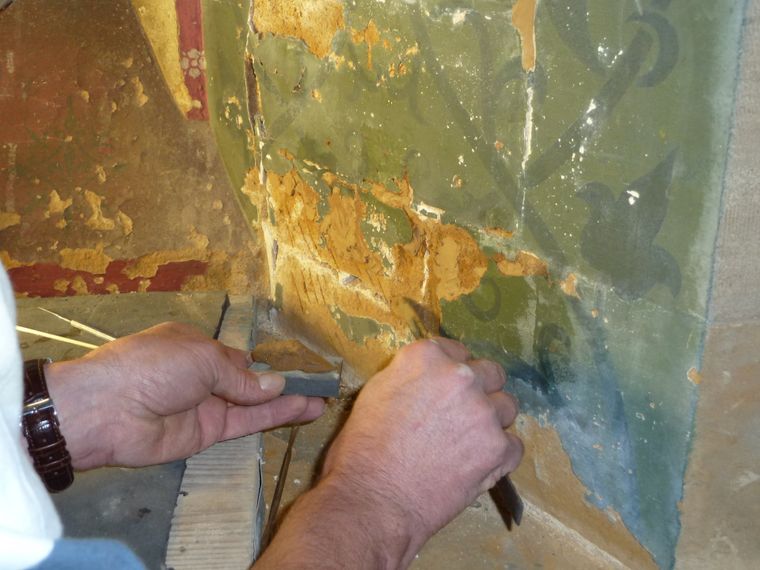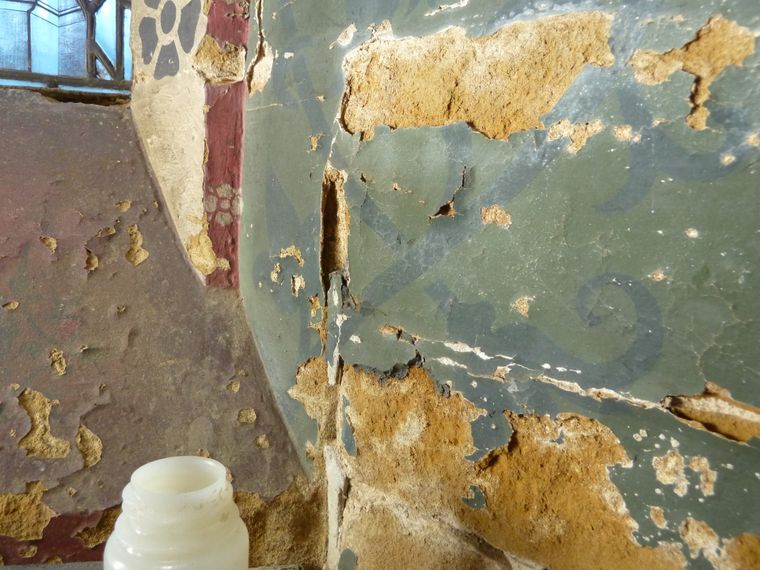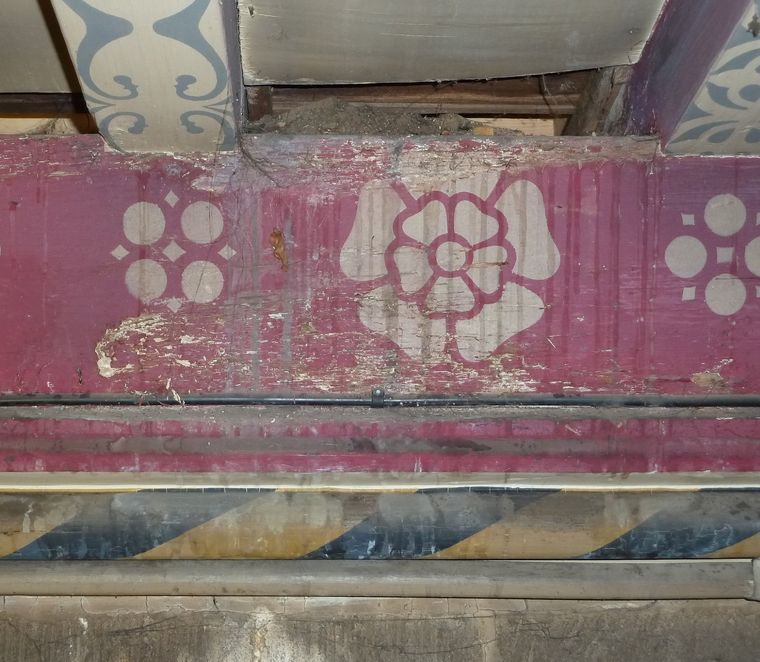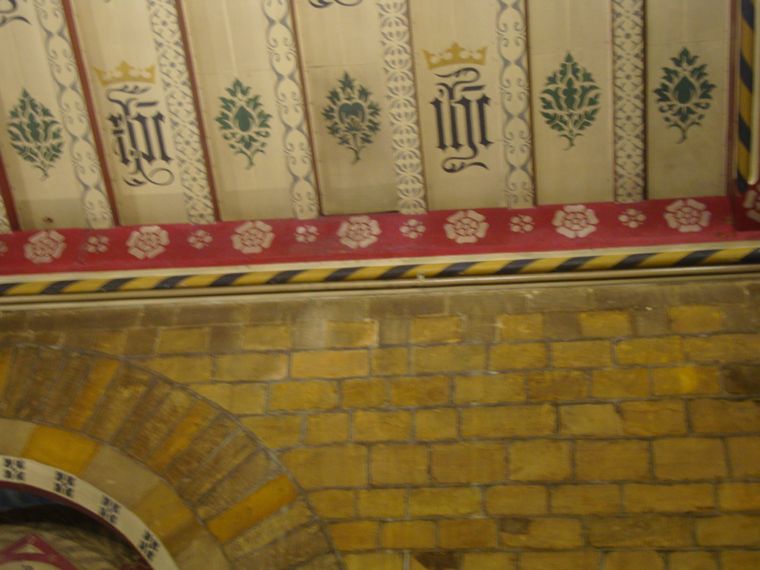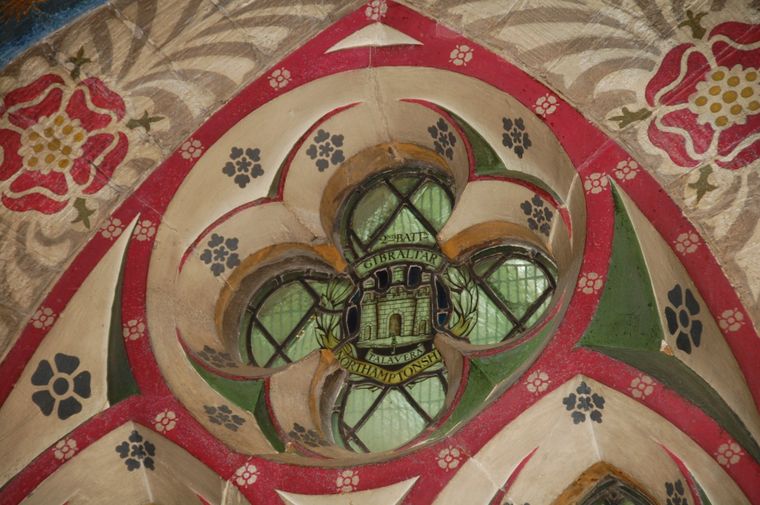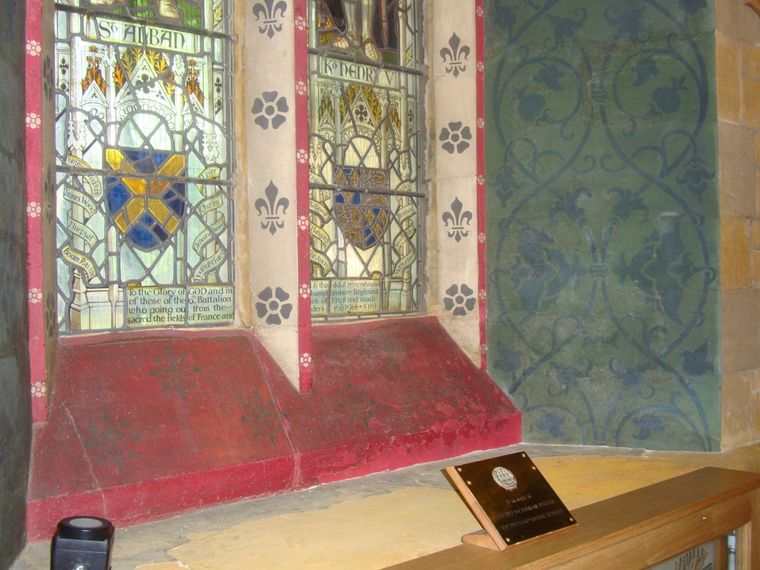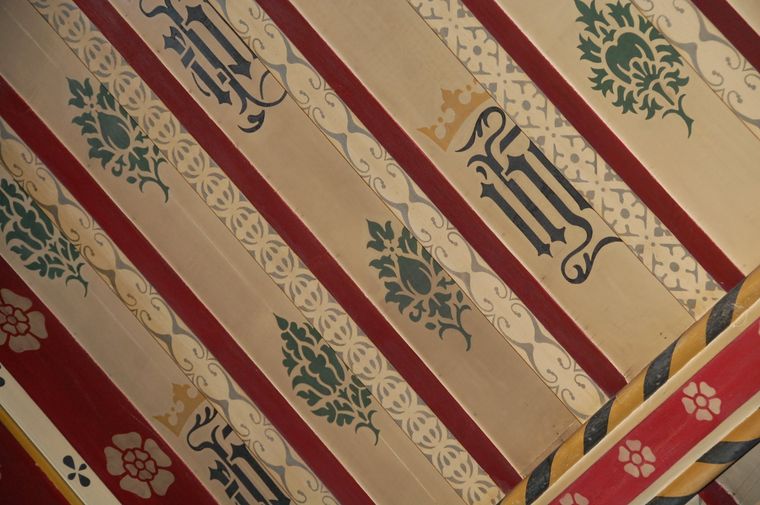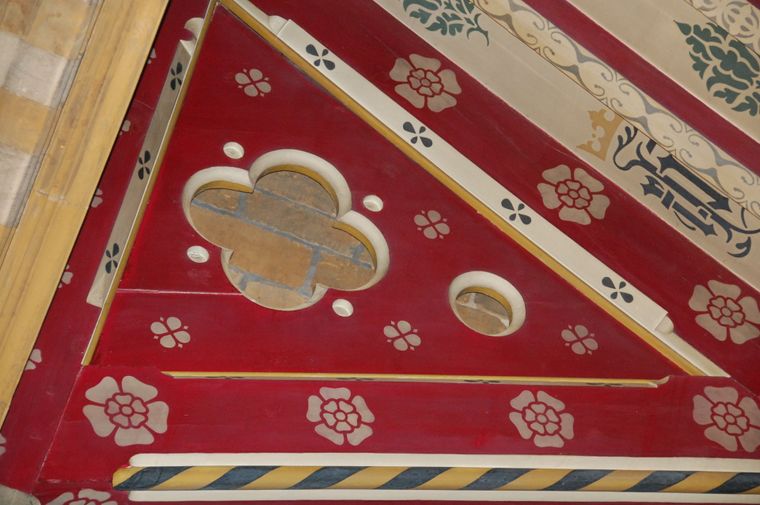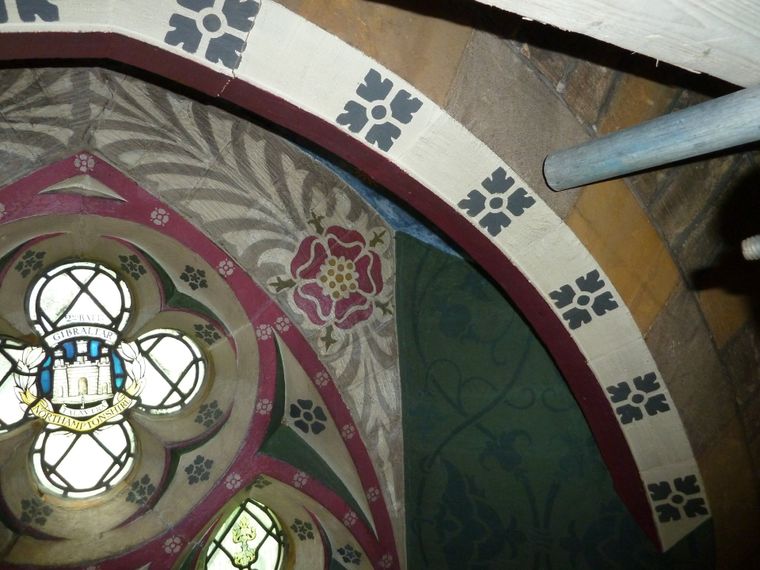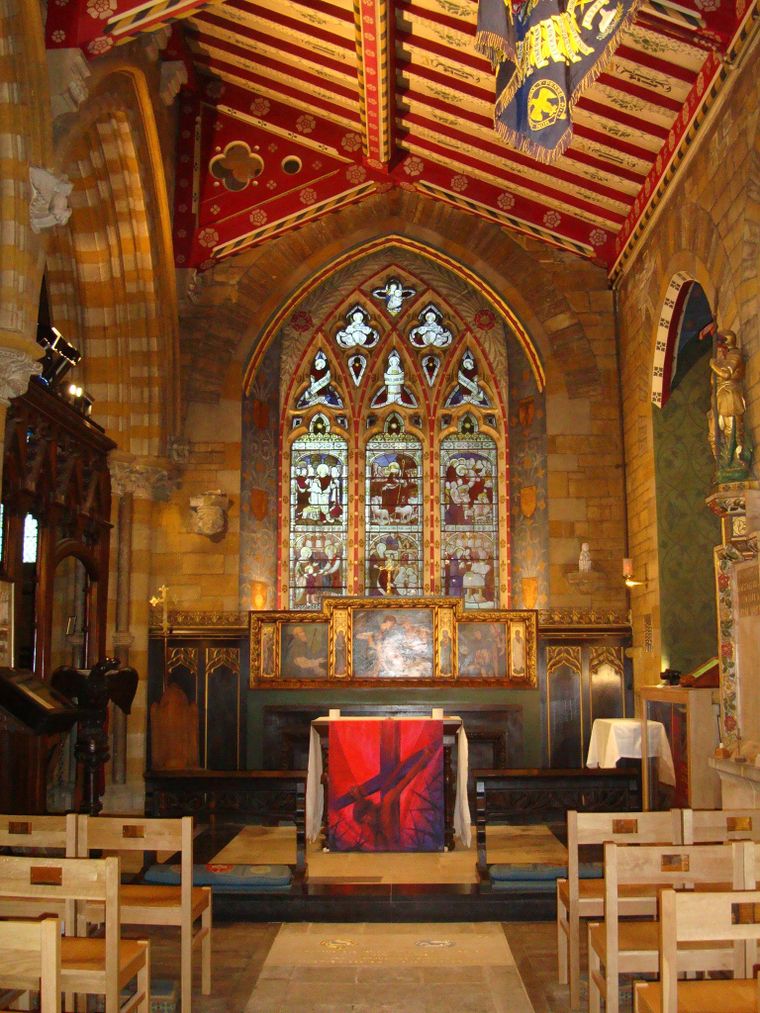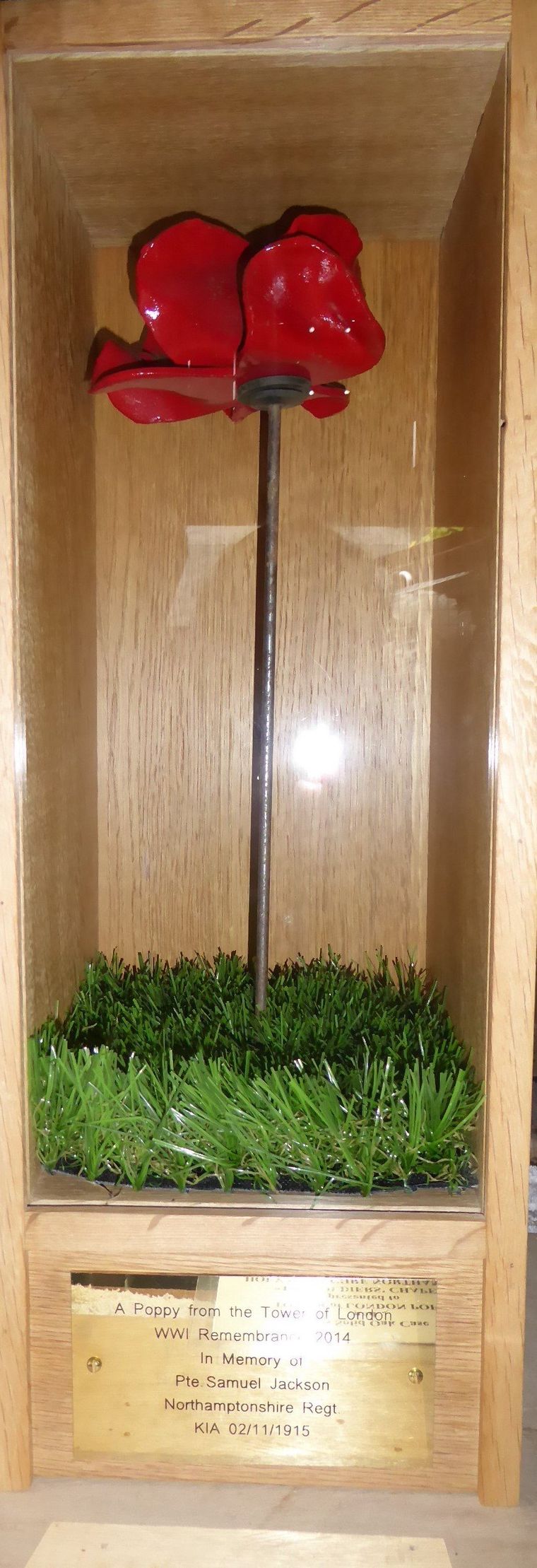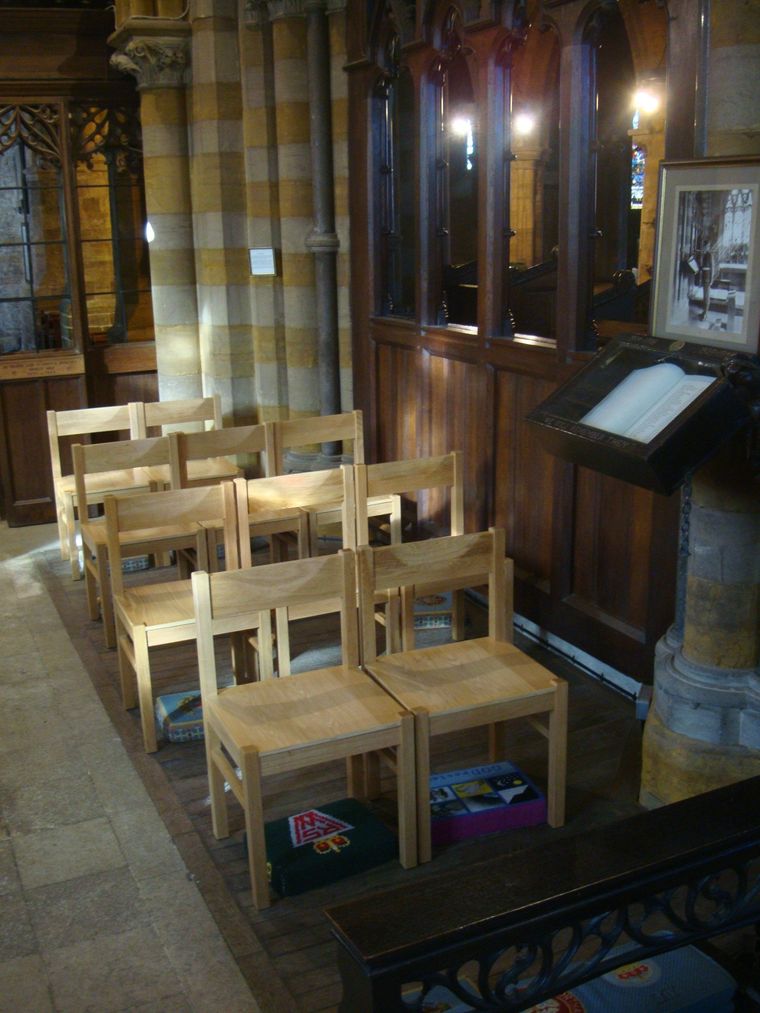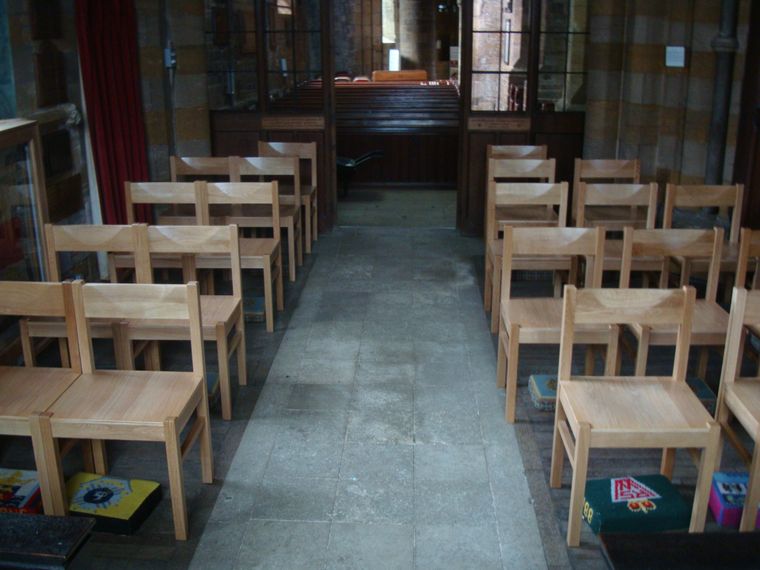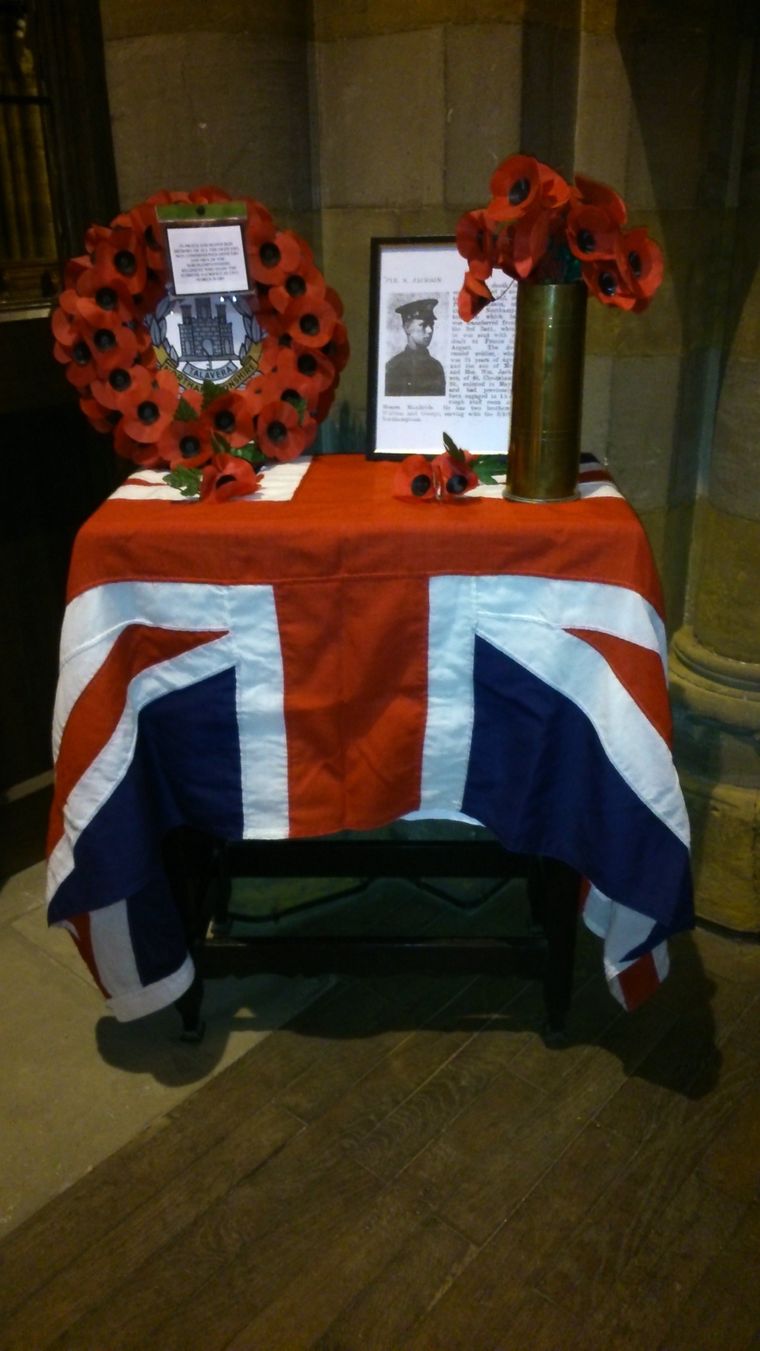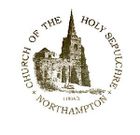Church of the Holy Sepulchre Restoration Trust
Conservation of The ‘Soldier’s Chapel
Conservation of the Wall Paintings in the 'Soldiers' Chapel at Holy Sepulchre Church Northampton
The Church and Regiment Chapel (Now rededicated as The Soldiers' Chapel)
Constructed of typical honey coloured local ironstone, Holy Sepulchre Church is a building of immense architectural significance. The earliest part of the church is the Round, which is thought to have been built in the mid-12th century and is one of only three in the country. The north aisle was added in c.1200, while the south aisle was added in the 14th century. In circa 1400 the tower was built. Between 1860 and 1864, the church was extensively restored by George Gilbert Scott and the current chancel north and south chapels and north aisle were added to the medieval structure. In 1880 the ornate screens, separating the south chapel from the chancel, were donated by the Reverend Frederick Thornton (vicar of Holy Sepulchre 1878 – 1890), in thanks for the recovery of his wife, Emily, from illness. The present east window was installed in 1887 in memory of the death of their infant daughter, Caroline Emily Thornton, and, in 1920, the chapel became the Regimental Chapel of the Northamptonshire Regiment and the west screen was installed. Although the precise date of the painting is not clear, it appears possible that it is contemporary with one of Thornton’s interventions.
The Painted Decoration
Prior to the Reformation, paintings of Biblical scenes, saints, morality subjects and decorative motifs would have covered all of the walls of the medieval church. The roof timbers would have been painted, the windows would have been glazed with stained glass, and a painted rood screen would have separated the nave and chancel. The interior of the church would have appeared dark and richly colourful. Following the break from Rome, the use of figurative imagery fell from favour and, with the Civil War and the rise of Puritanism a century later, it was effectively banned. Sculptures were smashed, paintings and screens were burnt and wall paintings were scraped off or limewashed over. In only a few generations the church would have been transformed from a riot of colour, to a plain simple interior, much as we see it today in the medieval part of the church.
The 19th century saw a rebirth of interest in medieval church architecture and painted decoration. Architects like Bodley, Scott and Pugin designed churches in an idealised version of medieval ecclesiastical architecture, or, as is the case at Holy Sepulchre, restored and added to existing churches. There was also a renewed interest in wall paintings and architectural polychromy, both with the uncovering and restoration of original painting, where it had survived beneath plaster and limewash, and the reconstruction of schemes of painted decoration to ornament newly built churches. These new schemes reflected designs and motifs which been observed in medieval paintings, but were often bolder and, inevitably, more complete than their original counterparts.
The scheme of painting at Holy Sepulchre is a typical example of this type of decoration. A relatively late scheme, the roof is decorated with IHC and Sacred Heart symbols, separated by rafters decorated with simple motifs, reflecting some of the grand medieval schemes which can still be seen in the churches of Norfolk and Suffolk today. Although the walls are unpainted, the splays of the windows are decorated to augment the elaborate stained glass. The windows on the south wall are decorated with simple stencilled foliate motifs, with a blue sky and gilded stars in the soffits of the arches. The splays of the east window are more elaborately decorated with gilded shields bearing fine depictions of the instruments of the Passion.
Paint analysis has shown that the decoration was carried out using materials and techniques typical of the period. The stone was prepared with red ochre and lead white in an oil medium. The blue backgrounds are in artificial ultramarine, the pink is a mixture of white lead and synthetic organic red, the green is a mixture of Prussian blue, yellow ochre and organic brown and the gilded shields and stars are true gold leaf.
Deterioration and Conservation
Although the painting was well executed, the deterioration of the building during the 20th century allowed water into the structure, causing areas of the paint to discolour and flake away from the stone surface. An unusual form of deterioration of the blue pigment, commonly known as ultramarine sickness, occurred on the east window, causing blanching.
The first phase of the conservation work was the repair of the building and rainwater disposal system in order to prevent water ingress and to allow the walls to dry. This was undertaken as part of the extensive conservation of the building between 2001 and 2010 . In 2012, a programme of conservation treatment was undertaken on the paintings themselves, by a team of specialist wall painting conservators, including the stabilisation and re-adhesion of the tiny flakes of paint, the repair of the damaged plaster and stonework, the cleaning of the discoloured surface, and the retouching of losses. The lighting of the chapel was also redesigned at the time in order to display the paintings to their best effect.
The conservation of the painted decoration was made possible by the generosity of the Church Buildings Council, the Holy Sepulchre (Northampton ) Restoration Trust, the Northamptonshire Regimental Association and legacies courtesy of George Roome, Brenda Wilkins, Madge Thorneycroft and Iris Lambourne.
TOBIT CURTEIS ASSOCIATES LLP 33 Cavendish Avenue Cambridge CB1 7UR www.tcassociates.co.uk
Slide title
Write your caption hereButtonSlide title
Write your caption hereButtonSlide title
Write your caption hereButtonSlide title
Write your caption hereButtonSlide title
Write your caption hereButtonSlide title
Write your caption hereButtonSlide title
Write your caption hereButtonSlide title
Write your caption hereButtonSlide title
Write your caption hereButton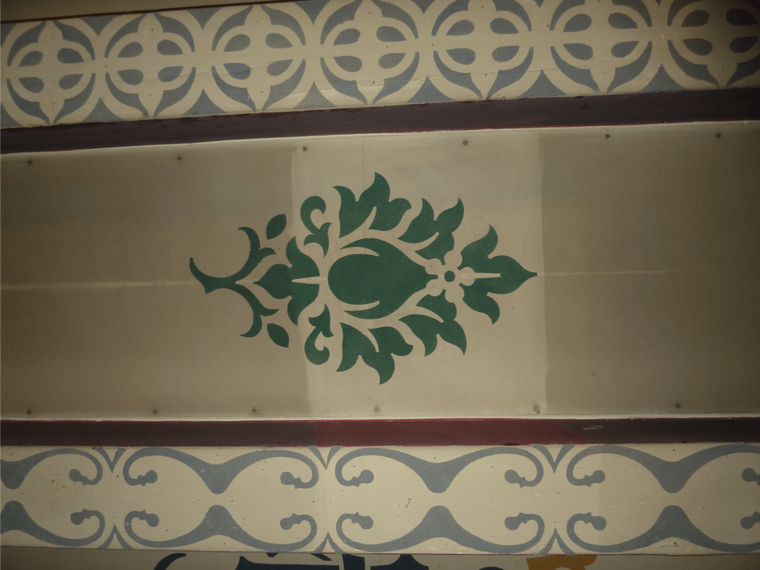
Slide title
Write your caption hereButtonSlide title
Write your caption hereButtonSlide title
Write your caption hereButton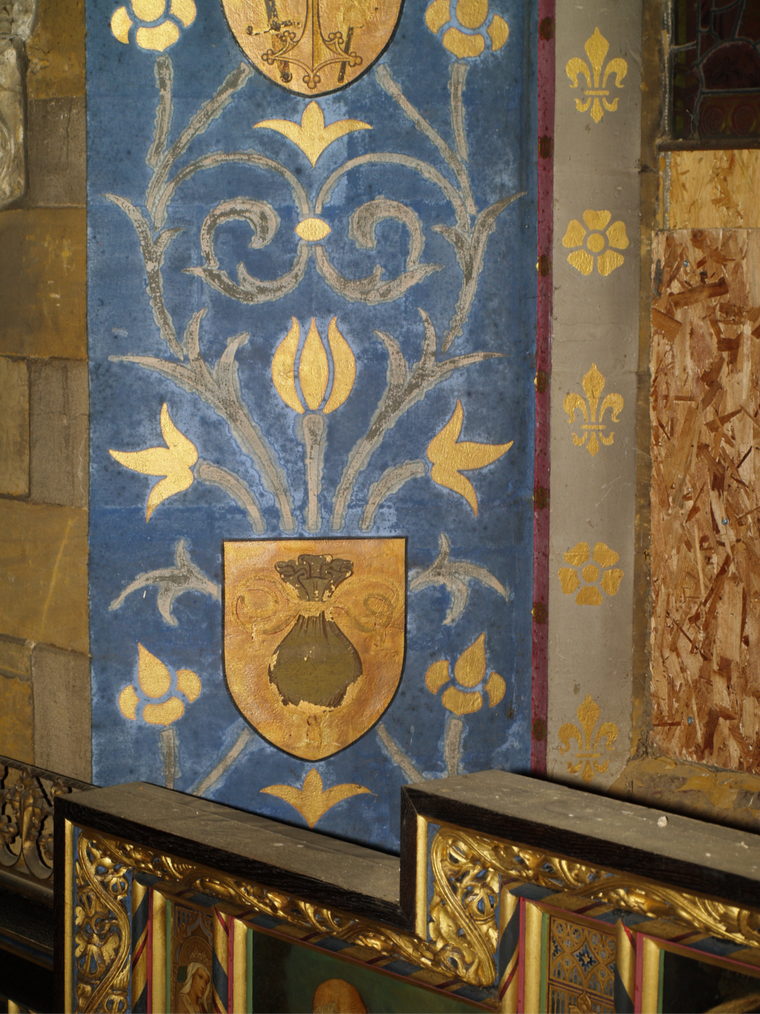
Slide title
Write your caption hereButtonSlide title
Write your caption hereButton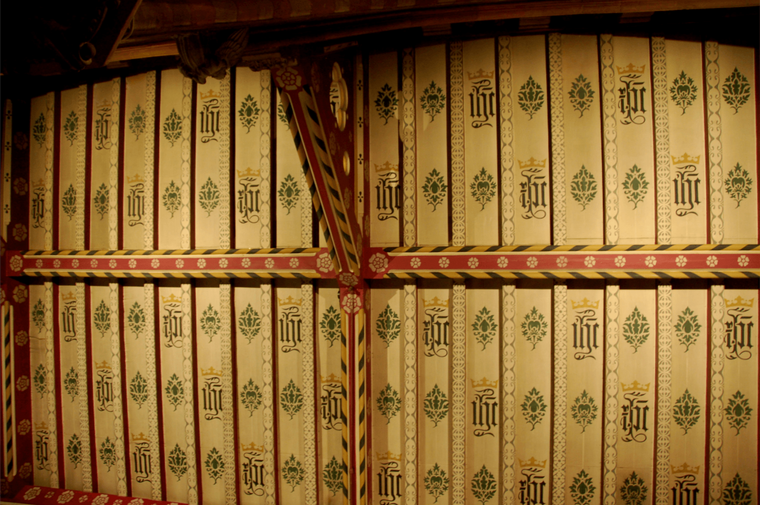
Slide title
Write your caption hereButtonSlide title
Write your caption hereButtonSlide title
Write your caption hereButtonSlide title
Write your caption hereButtonSlide title
Write your caption hereButtonSlide title
Write your caption hereButtonSlide title
Write your caption hereButtonSlide title
Write your caption hereButtonSlide title
Write your caption hereButton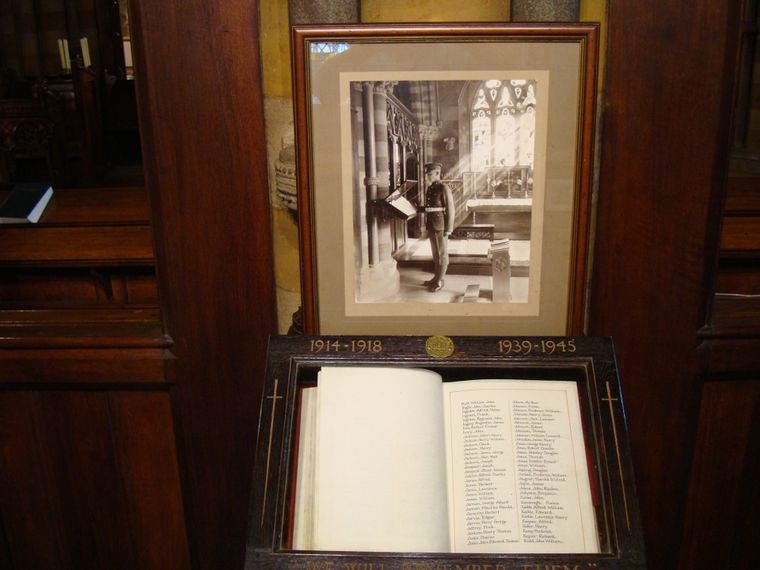
Slide title
Write your caption hereButton
